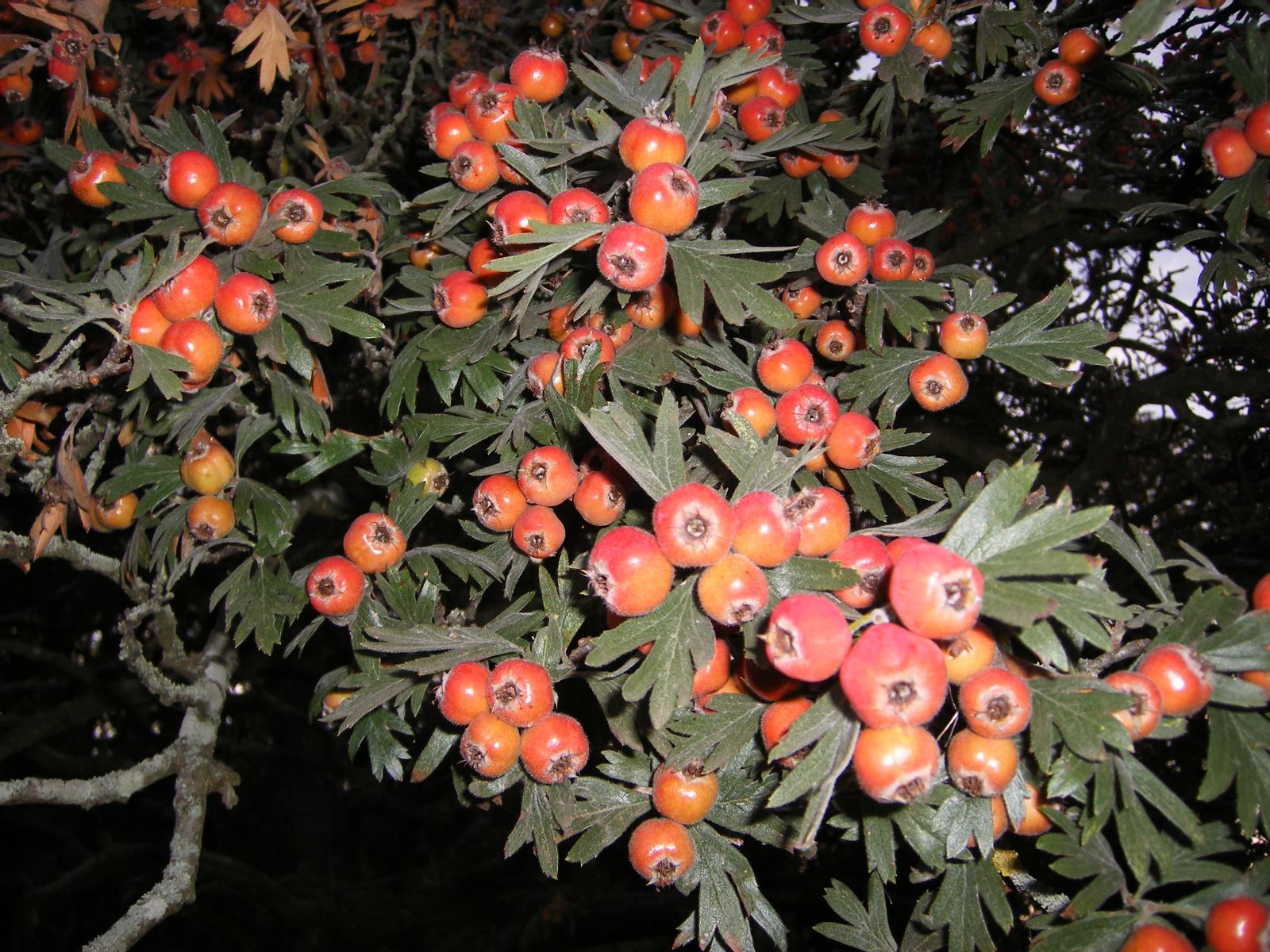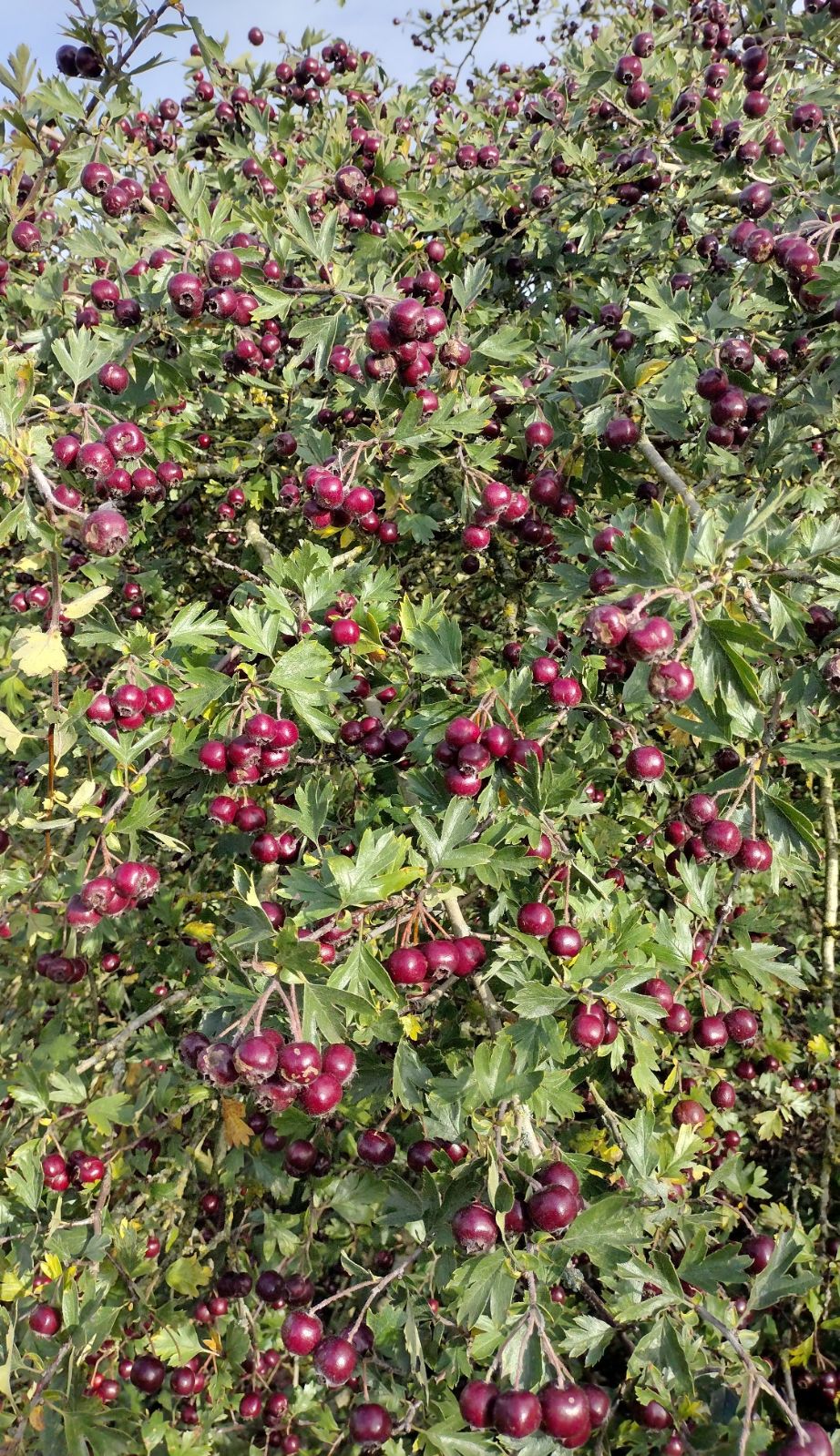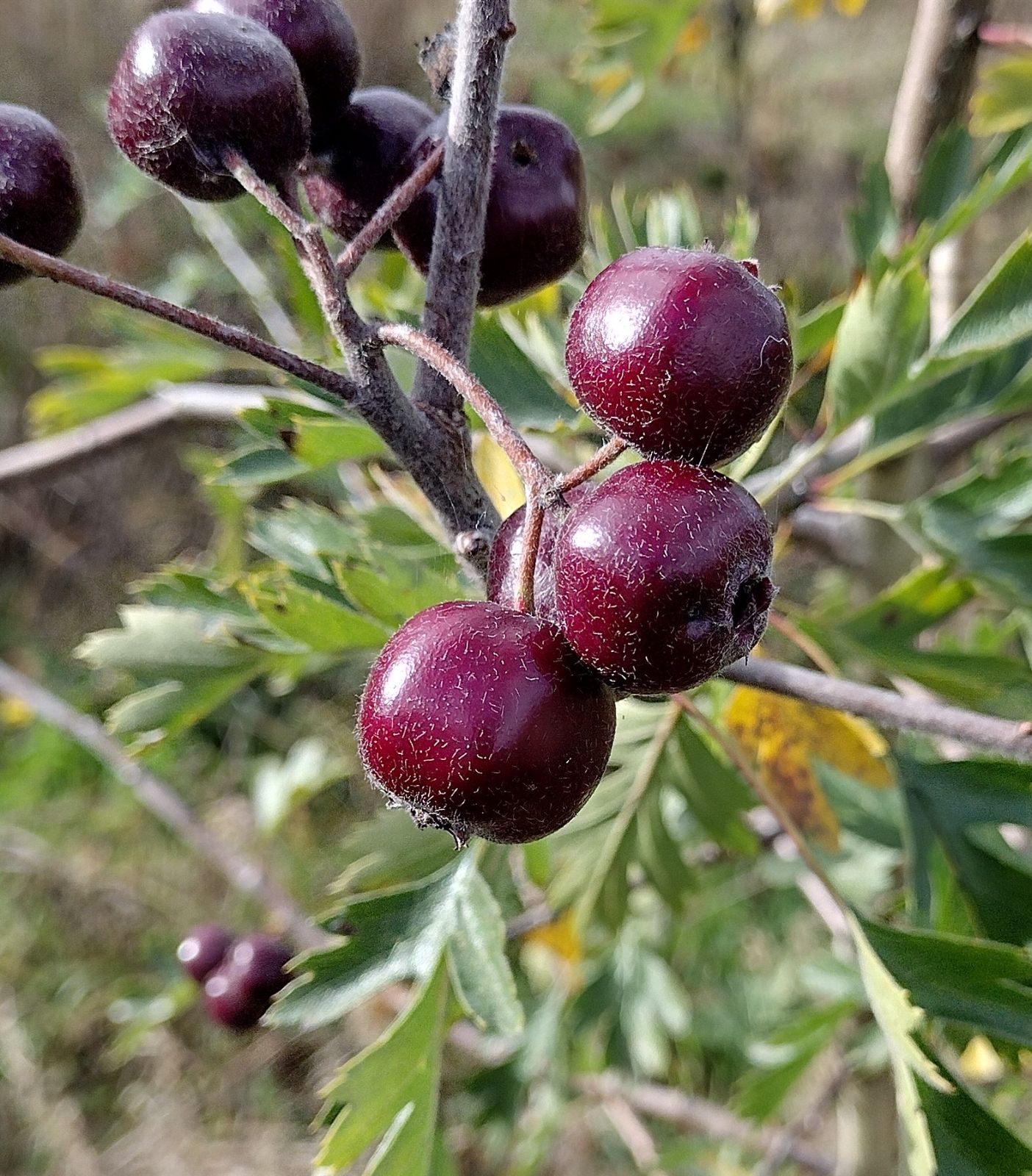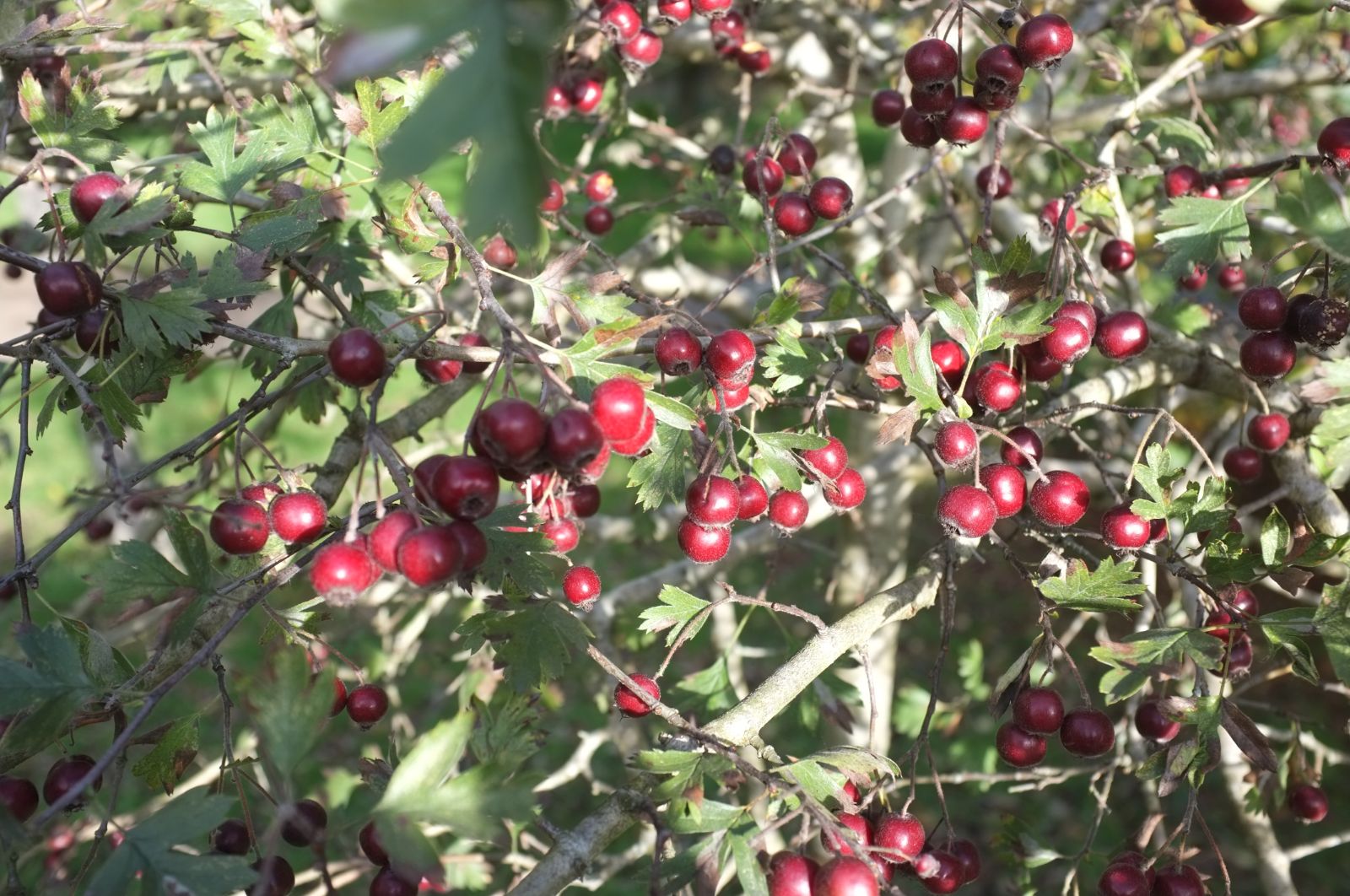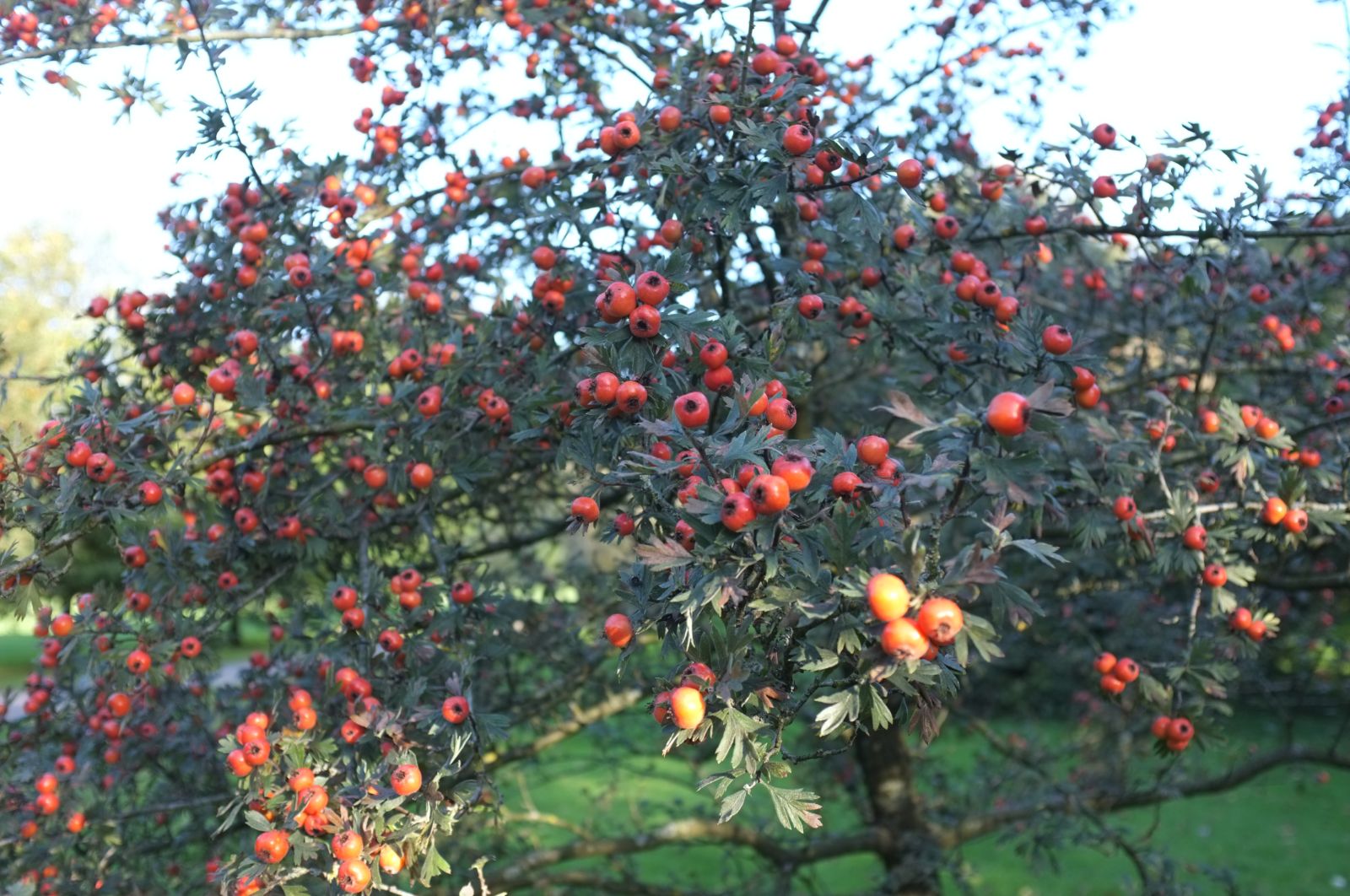Crataegus orientalis
Sponsor
Kindly sponsored by
This genus has been sponsored and new text is being prepared.
Credits
Article from Bean's Trees and Shrubs Hardy in the British Isles
Recommended citation
'Crataegus orientalis' from the website Trees and Shrubs Online (treesandshrubsonline.
Genus
Synonyms
- Crataegus laciniata Ucria
- Crataegus odoratissima Lindl.
Other taxa in genus
- Crataegus ambigua
- Crataegus apiifolia
- Crataegus aprica
- Crataegus azarolus
- Crataegus baroussana
- Crataegus brachyacantha
- Crataegus chlorosarca
- Crataegus chrysocarpa
- Crataegus chungtienensis
- Crataegus coccinioides
- Crataegus crus-galli
- Crataegus cuneata
- Crataegus × dippeliana
- Crataegus douglasii
- Crataegus dsungarica
- Crataegus durobrivensis
- Crataegus flabellata
- Crataegus flava
- Crataegus henryi
- Crataegus heterophylla
- Crataegus intricata
- Crataegus jozana
- Crataegus laevigata
- Crataegus × lavallei
- Crataegus macracantha
- Crataegus marshallii
- Crataegus mexicana
- Crataegus meyeri
- Crataegus mollis
- Crataegus monogyna
- Crataegus nigra
- Crataegus oliveriana
- Crataegus oxyacantha
- Crataegus pedicellata
- Crataegus pentagyna
- Crataegus phaenopyrum
- Crataegus pinnatifida
- Crataegus pruinosa
- Crataegus prunifolia
- Crataegus pseudoheterophylla
- Crataegus punctata
- Crataegus sanguinea
- Crataegus spathulata
- Crataegus stipulacea
- Crataegus succulenta
- Crataegus tanacetifolia
- Crataegus tomentosa
- Crataegus uniflora
- Crataegus viridis
- Crataegus wattiana
- Crataegus wilsonii
Editorial Note
Current botanical thought (Phipps, O’Kennon & Lance 2003, Royal Botanic Gardens Kew 2022) treats a dark purple-fruited hawthorn known in gardens as Crataegus schraderiana (see below) as a synonym of C. orientalis subsp. orientalis.
JMG, October 2022.
This species as described by Bean (1976) as Crataegus laciniata. The text is reproduced unchanged here:
A small, nearly unarmed tree 15 to 20 ft high, with a rounded or flatfish, spreading head of branches, often pendulous at the ends; young branchlets at first covered with whitish hairs, many of which fall away by the end of the season. Leaves mostly triangular or lozenge-shaped; 1 to 2 in. long, nearly or quite as much wide; wedge-shaped to almost square at the base, more or less deeply cut (often nearly to the midrib) into five to nine narrow oblong lobes, which are themselves jaggedly toothed at the points; dark green above, grey beneath, downy on both sides; stalk 1⁄4 to 3⁄4 in. long; stipules 1⁄3 in. across, with a few large teeth. Flowers 3⁄4 in. across, white, produced in early June in corymbs of twelve or more blossoms; calyx and flower-stalks grey-woolly; stamens twenty. Fruit coral-red or yellowish red, 3⁄4 in. diameter, globose, downy.
Native of the, Orient; introduced in 1810. This beautiful thorn is much planted in the south of England, and is common in some of the London parks. Both in flower and fruit it is a charming tree.
C heldreichii Boiss
This species, a native of Greece, is closely allied to C. laciniata (orientalis), from which it differs in its smaller leaves, {3/5} to 2{1/5} in. long, with rounded, more or less entire lobes. There is an example about 12 ft high in the R.H.S. Garden at Wisley.
C. schraderiana Ledeb.
Synonyms
C. orientalis var. sanguinea Loud.
C. tournefortii Griseb
Laxer than C. orientalis in habit, and with the lobes of the leaves somewhat broader. It is not so effective in fruit as that species, the fruits being of a dark dull or purplish red. Native of Greece and the Crimea (Bean 1976).

